OUTPOST
Power
OUTPOST is powered by a rechargeable lithium polymer (LiPo) battery sized to last several days on a full charge. A small solar panel and charge controller provide energy for continuous recharging during available sunlight.
Motion Sensor
Each OUTPOST has a low-power PIR (passive infrared) sensor to detect intrusions within a zone area. PIR sensors work by monitoring changes in temperature from the surroundings to detect movement. The PIR sensors have a wide angle of view with a detection range up to 12 meters.
Radio Sniffing Sensor
Modern smartphones and peripherals include radio transceivers for WiFi and Bluetooth support. These signals are transmitted with less power than a mobile network signal and can normally be received only within a relatively short range. The MAC address assigned to these devices can be observed in wireless signals even if the device is not actively connected to a particular wireless network, or even if it is not actively transmitting data.
When WiFi or Bluetooth is turned on in a typical smartphone or peripheral, the device will transmit periodic signals that include the MAC address. These signals can be picked up by nearby receivers ("sniffed") through discovery to recognize that the device is present. This has been used for commercial tracking applications, for example to let shopkeepers obtain statistics about how often particular customers visit and how long they spend in the shop.
A similar technique is implemented in each OUTPOST to detect the presence of intruders that may have a smart device on their person. The range of detection can be controlled to some extent by factoring in received signal strength levels, such as RX power or RSSI, and to determine the proximity of the intrusion to the OUTPOST. These signals can be detected at greater ranges than the PIR motion sensors, providing a layer of "early detection" capability to augment alerts from the motion sensors, helping to confirm human presence rather than wildlife or other potential false indications. Known "friendly" MAC addresses can be identified in advance and filtered to minimize false alarms.
More recently, some smart device manufacturers have added features to address privacy concerns raised as a result of commercial tracking practices, one technique being MAC address randomization. However, this should not limit OUTPOST's capability as we're interested only in the detection of any nearby MAC address, not a specific MAC address.
Vibration Sensor
Each OUTPOST includes an accelerometer for sensing movement and vibration. This can be useful for detecting movements of gates and fences that may not be in the field of view of the PIR motion sensor. It can also be used to detect and report possible tampering of the OUTPOST units themselves.
Comms
Each OUTPOST uses a long range nRF24L01+ 2.4GHz ISM band transceiver through an SMA antenna to communicate heartbeat, status and intrusion alarm events to BASE. Line-of-sight comm range is up to 1000 meters. Small radio packets are sent in short bursts periodically or on event basis only to reduce power requirements, maximizing battery life. OUTPOST can also receive settings data from BASE to configure channel assignments, detection ranges, MAC address filtering and scan parameters.
OS
FreeRTOS.
OUTPOST Primary Components
PSoC 62 MCU
Murata LBEE5KL1DX WiFi/BT
Panasonic EKMB1103112 PIR Sensor
NXP MMA8452QR1 3-Axis Accelerometer
nRF24L01+ 2.4GHz ISM band transceiver / SMA Antenna
18650 3.7V 2800mAH LiPo Battery
TI TP4056 LiPo Charge Controller
PowerFilm MP4.8-150 Solar Panel
Weatherproof Enclosure
BASE
BASE handles all communications with one or more OUTPOST units using an nRF24L01+ 2.4GHz ISM band transceiver through an SMA antenna. BASE uses a PSoC 62 MCU to drive a small display and audible annunciator for centralized stand-alone, real time alarm notification. It collects all intrusion alarm events and displays these to announce the type and location of the involved...
 kschulz
kschulz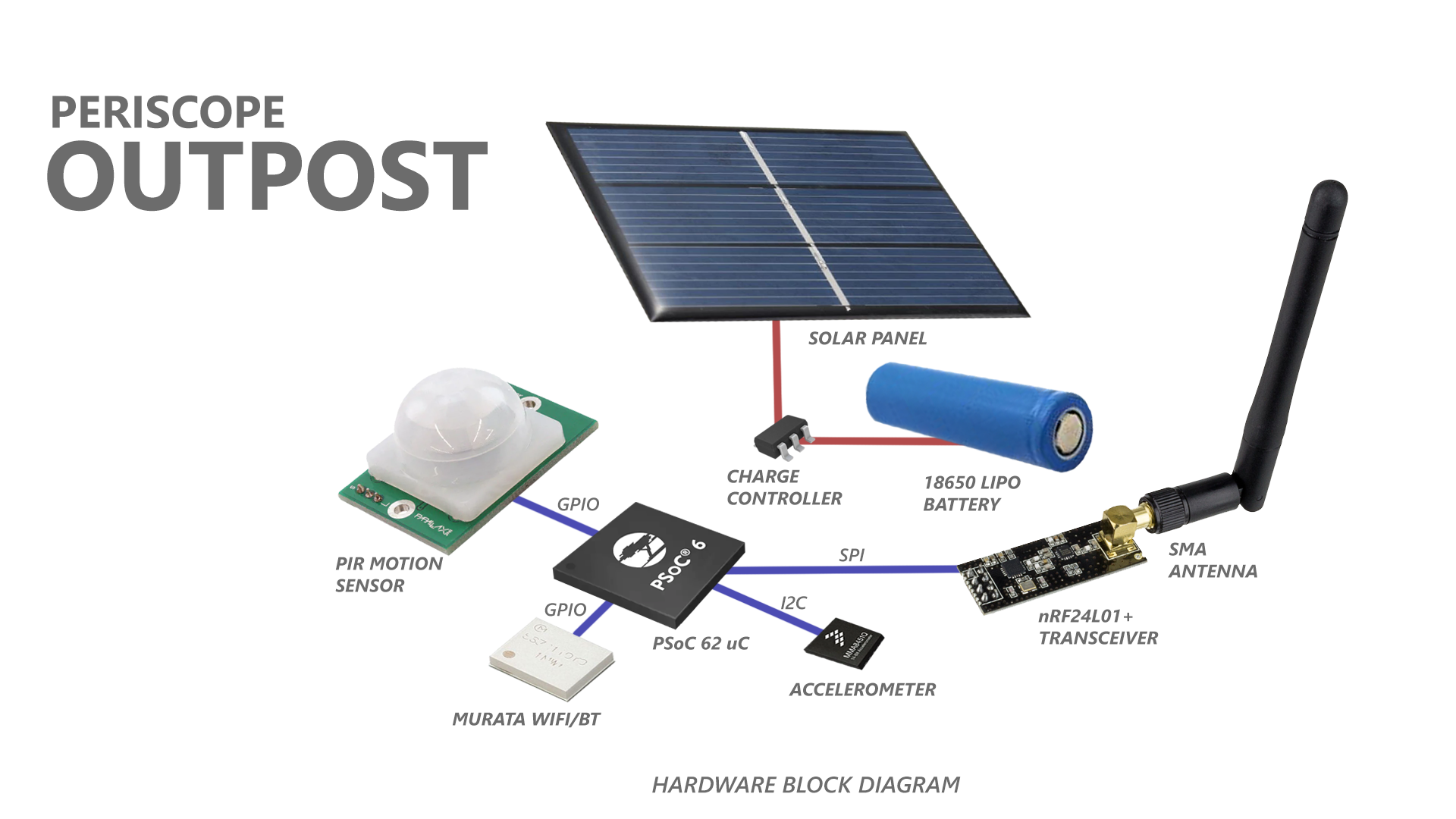
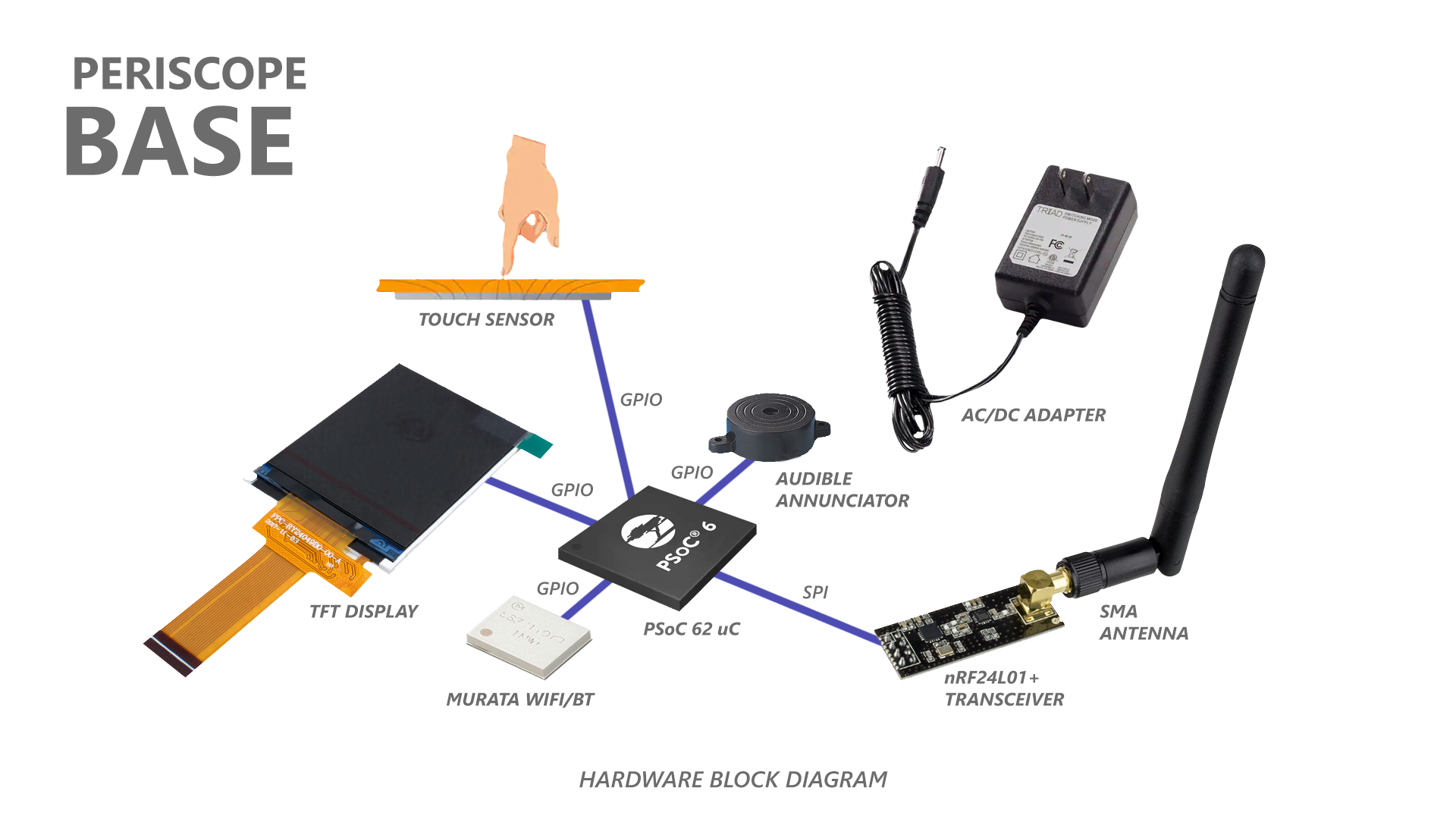


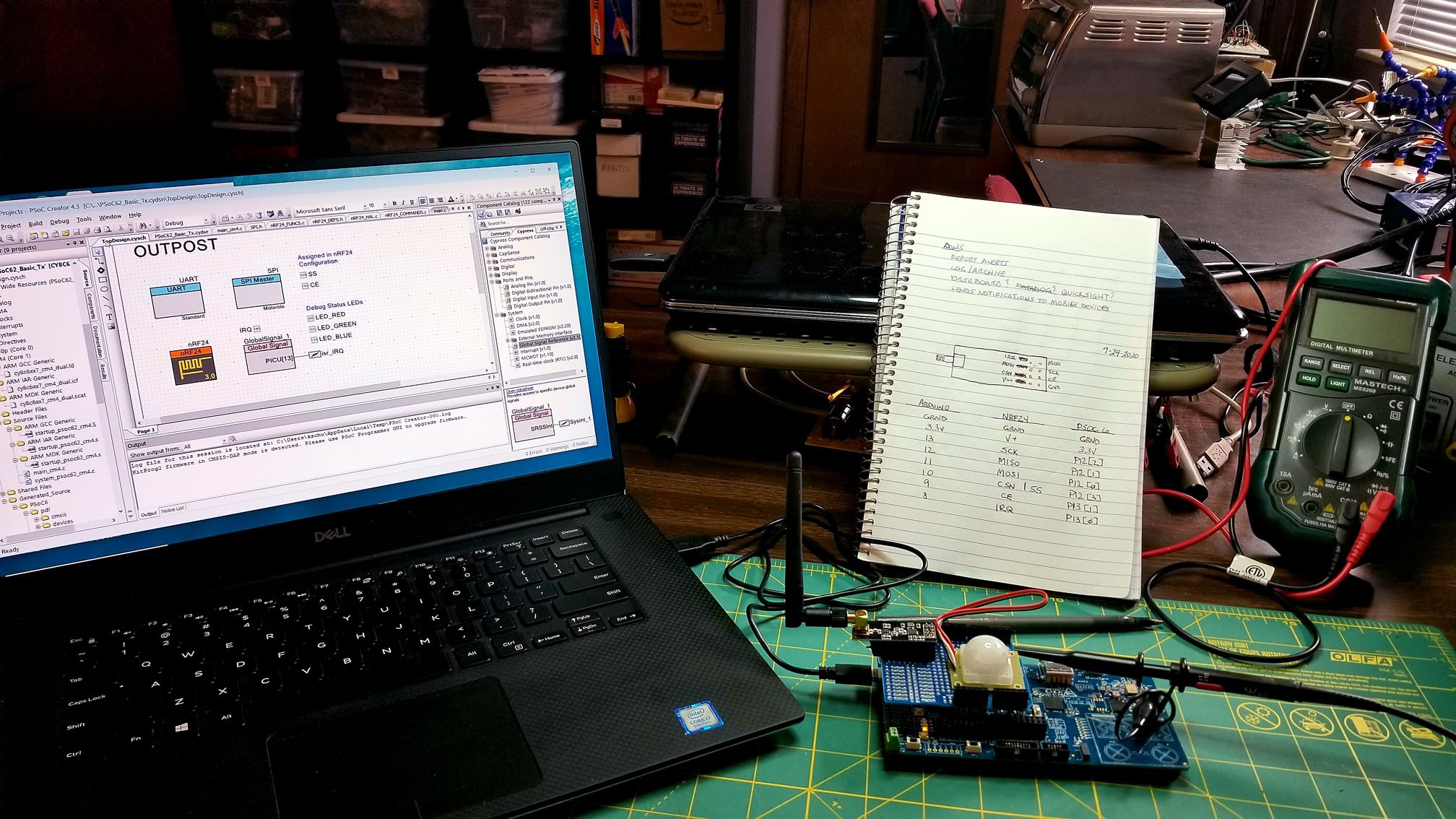
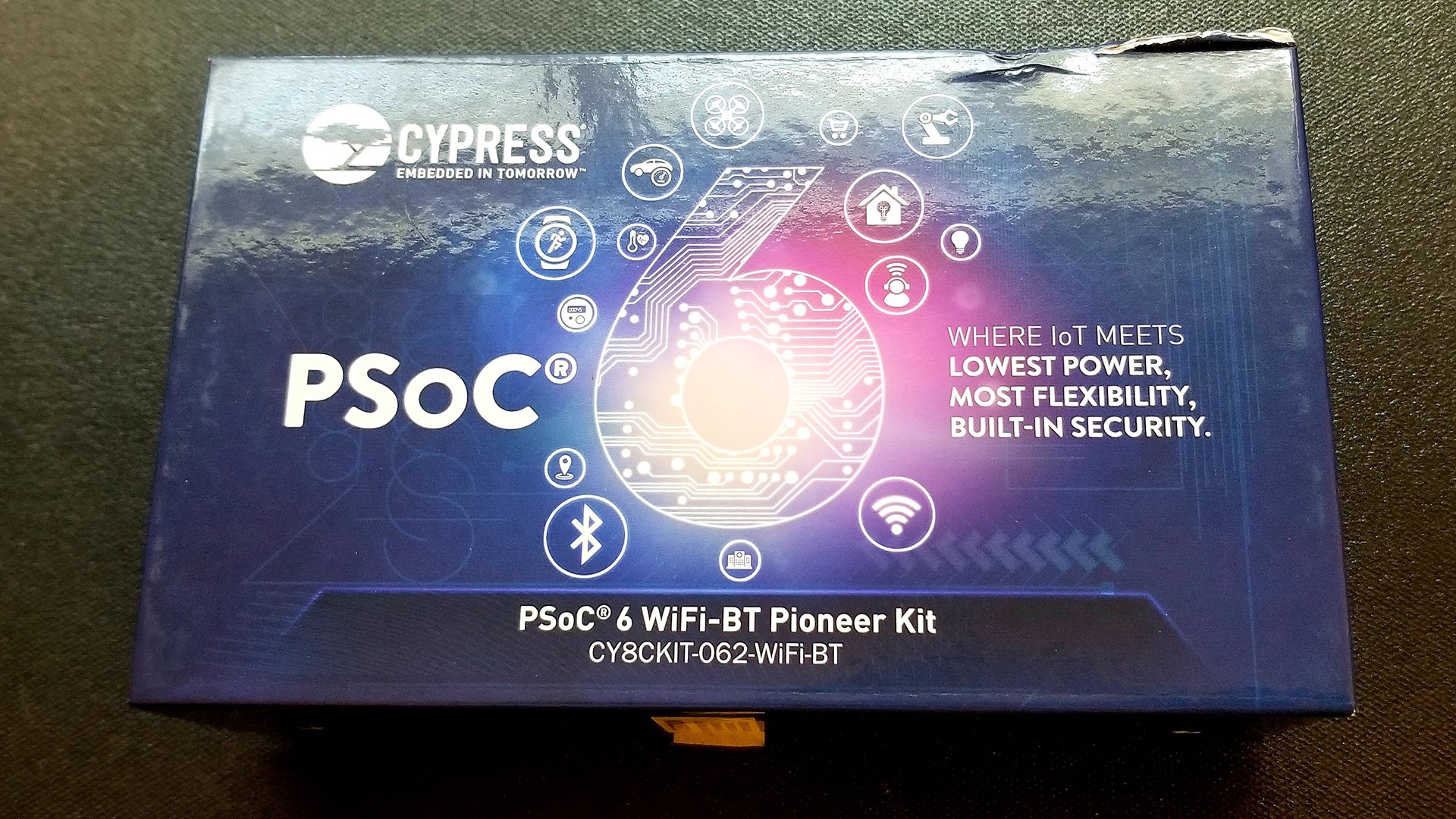





 Pratyush-Mallick
Pratyush-Mallick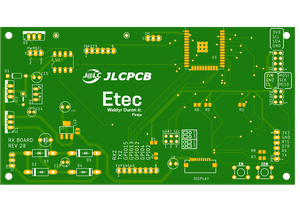
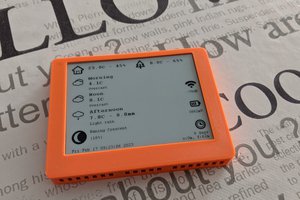
 x-labz
x-labz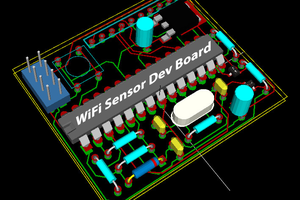
 Michael O'Toole
Michael O'Toole
Hey, I really like the basic architecture here and this seems like it would be really great for a couple of use cases I have! I do have a couple of suggestions, FWIW.
1) Have you thought about adding a microphone to the sensor suite? Seems like sound could be valuable intel about an intruder.
2) I like the idea of integrating RF sniffing, but I wouldn't limit it to WiFi and Bluetooth. Intruders into wild areas often use FRS/GMRS radios in the UHF bands to coordinate activities. Monitoring those bands might be more fruitful.
3) Have you given any thought to including cameras with Edge AI? You probably won't have the bandwidth to transmit video back from each outpost, but if the outpost could take stills or short video clips when triggered, do a little AI to discern between, say, and elk and a human, or a deer and an ATV, and transmit a signal back to the base to tell whats going on in the field, that could be really valuable. The outpost could perhaps even cache the video on an SD card for later retrieval.